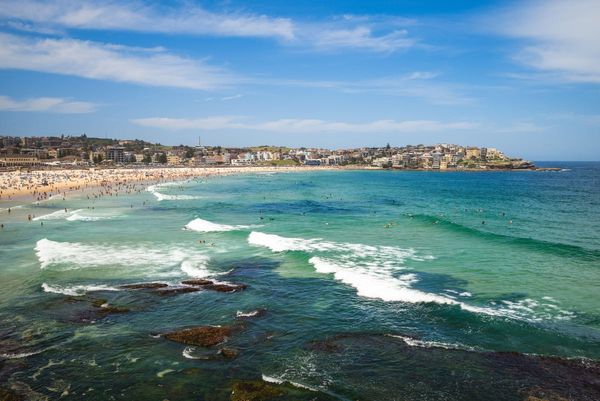
Over the years there have been many wilderness survival movies, loads of Liam Neeson action flicks, and a fair few depictions of hungry wolves craving human flesh. Joe Carnahan’s frosty 2011 action-thriller The Grey ticks all three boxes, and then some – it not only stars the grizzled Irishman, but has him wrestling ravenous canines. After being bitten during one moment of man-on-wolf action (oh yes, there are more!), Neeson’s straight-talkin’ protagonist John Ottway jokes: “Maybe I’ll turn into a wolf man now.”
But it isn’t that kind of film. Having said that, one of the amazing things about The Grey – Neeson’s best action movie by a wide margin – is its blurring of the line between high and low art. This allowed it to be accurately marketed as a gnarly genre picture (Neeson! Wolves! Snow! Survival!) and then, once in the door, audiences expecting little more than an interspecies punch-on found themselves grappling with, and potentially sniffling through, a deep exploration of masculinity. The Grey contains some extraordinarily moving sequences that give me shivers just thinking about them.
Set in remote Alaska, the film follows a small group of plane crash survivors – all men – who trudge across an unforgiving, storm-ravaged and wolf-populated landscape. The white expanse around them provides the barest of aesthetic platforms: a kind of hollowed-out stage in a theatre of the damned. The men, who all work at an oil refinery, include the sage Ottway, the belligerent Diaz (Frank Grillo), Burke (Nonso Anozie) and Talget (Dermot Mulroney), who carries with him the wallets of people who died in the crash.
Neeson’s opening narration establishes basic character and situational detail (“A job at the end of the world. A salaried killer for a big petroleum company”) and then moves into melancholic self-analysis (“I don’t know why I did half the things I’ve done”), evoking a sense of place and purpose (“but I know this is where I belong”). During these early moments, Ottway prepares to die by suicide, but stops when he hears wolves howling. He’s a man on the brink before he becomes the film’s deeply principled moral centre, rather than a gung-ho, all-guns-blazing type.
After the visceral plane crash sequence, Ottway tends to a dying man who is (chillingly, from my perspective) named Luke. Luke is losing blood and pleading for help. Instead of telling him everything will be OK, Ottway tenderly cradles the man’s head in his hands and delivers words nobody wants to hear.
“Listen, you’re going to die, that’s what’s happening,” he says. Shepherding poor doomed Luke to the great beyond, Ottway tells him that “it’s alright, it will slide over you, it’ll start to feel warm, nice and warm” and encourages him to think about his daughter: “Let her take you.”
I can’t watch this scene without welling up. It resonates partly through the absence of comparable moments in comparable productions; the action genre tends to be dominated by testosterone-filled brouhaha that means and stands for nothing. We don’t know Luke, but his death profoundly registers. It’s unusual for a scene with this kind of dramatic heft to be 20 minutes into an action movie. It sets a hell of a tone and a very high benchmark.
The rest of the film doesn’t disappoint: it’s terrifically acted and directed, and has much to say about masculinity, “toxic” and otherwise. These blokes are tough –Ottway describes the company he keeps as “ex-cons, fugitives, drifters, assholes” – but they can’t solve their problems here by using their fists. It communicates a message that applies to life more generally: there will always be something, or someone, physically stronger – but internal strength is another matter. In one scene, Diaz, initially a bit of a villain (but who becomes more complex), makes it clear he is insulted to be called scared. “What’s wrong with being scared?” Ottway asks. “I’m terrified. And not an ounce of shame in saying it.”
Neeson’s superb performance, and the intelligence of the writing, builds a space where the film can have it both ways: showing the protagonist as an alpha male, kicking wolf ass and doing blokey bloke things, but also as a priest-like figure of spiritual reasoning, penetrating all that macho BS. What an awesome character; what an amazing movie. Come for the wolves, stay for the pathos.







